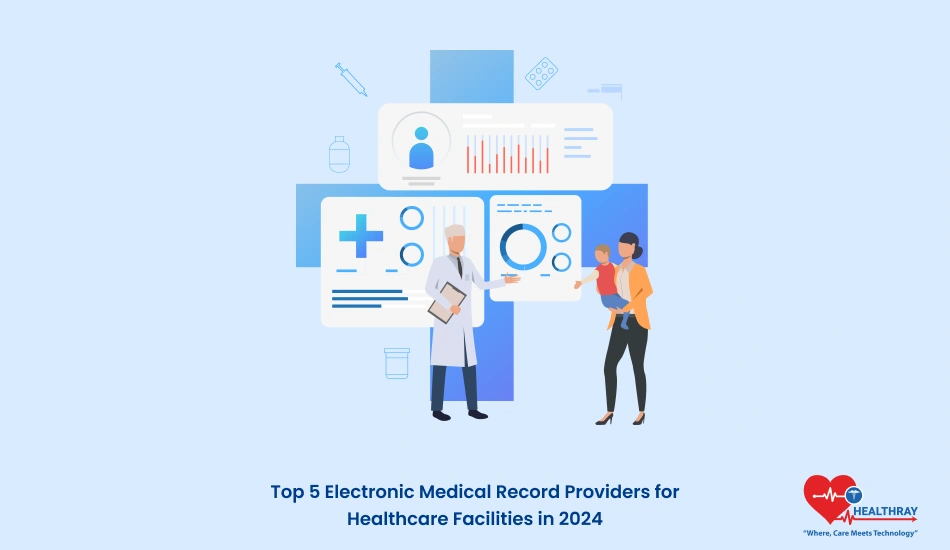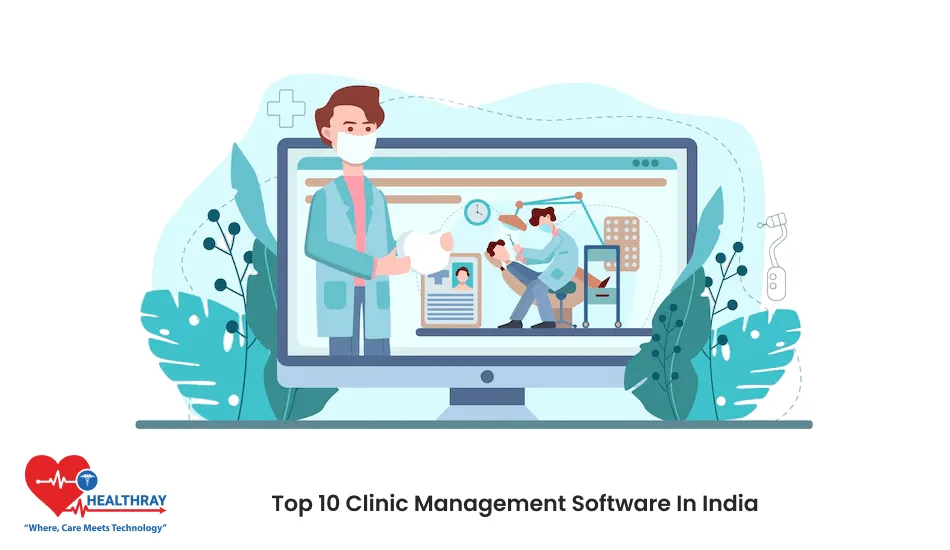Introduction
The correct Electronic Medical Record (EMR) system is, without a doubt, one of the most important decisions that a healthcare facility, no matter its size, can make. The right EMR can revolutionize the way care is delivered to patients, streamline many back-office tasks, and ensure records are kept safely and accurately-the essentials for any setting in healthcare. Still, with dozens of providers competing for attention, how do you settle on the right one?
This guide will examine the top 5 EMR Software providers for 2024. Options will focus on provider health needs suitable for healthcare administrators, doctors, IT managers, and consultants. Offering each provider’s unique features, integration abilities, and customer support aimed at bringing the healthcare facility a solution to their needs, this comparison will be better suited to choosing an informed selection that suits your organization’s goals as well as budget.
EMRSoftware.Ai
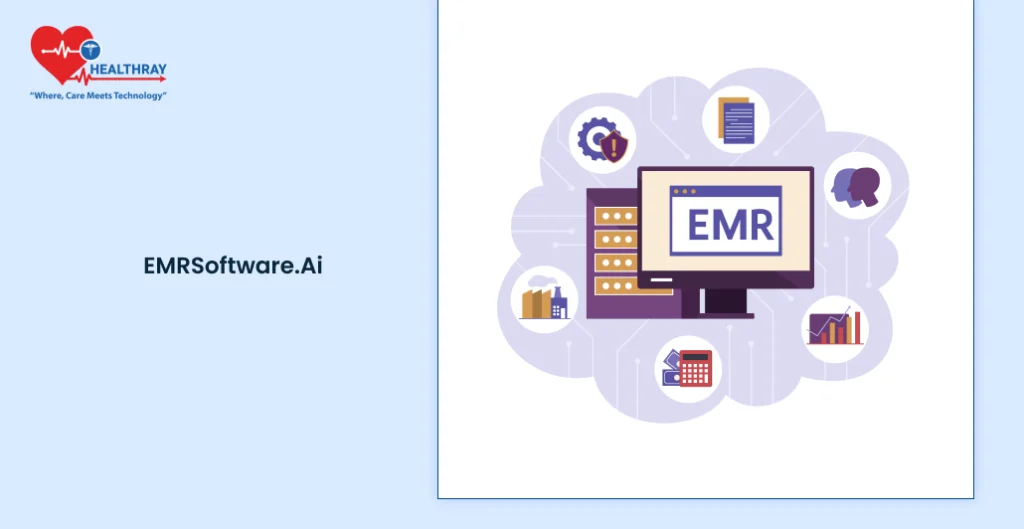
Overview
EMRSoftware. Ai – one of the top innovative providers in this field, applying the approaching methodology with AI in electronic medical records. This system is therefore best suited to healthcare facilities which would like to apply artificial intelligence for improving patient care and operational efficiency. EMRSoftware. Ai provides intuitive tools supporting both clinical and administrative workflows.
Key Features
- AI-Powered Data Insights: EMRSoftware.Ai has, at its core, AI; thus, it provides predictive analytics and data-driven insights, enhancing decision-making for both facilities and their stakeholders as well as patient outcomes.
- Automated Workflow Optimization: Reduce Administrative Burden Simplified common tasks that staff can then focus more on patient care rather than paperwork.
- Customizable Interfaces: It allows users to align interfaces for more customized operation, making it use-friendly in departments.
Best For
EMRSoftware.Ai is only suitable for those facilities that aim to go for cutting-edge technology in their operation, especially those facilities that need workflow automation and analytics in their data.
The Most appropriate facility where EMRSoftware.Ai will be used includes those facilities looking to be efficient and patient-engaged using AI.
Pros and Cons
- Pros: AThe features of advanced AI, strong data analytics, and highly efficient automation features make the software very good for all users.
- Cons: There is a high learning curve because the software is AI-based. Implementation costs can also be high for organizations.
Healthray Technologies
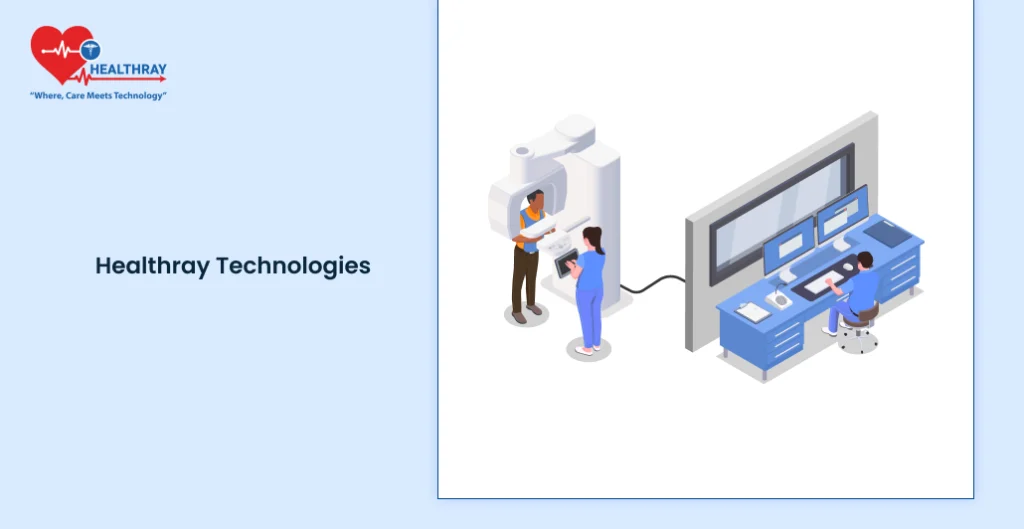
Overview
Healthray Technologies is known for an EMR solution designed around patient care. The company emphasizes superior connectivity and utility, enabling these healthcare professionals to focus on outcomes, not the software itself. Healthray Technologies is committed to serving facilities of all sizes, offering functionalities that provide for all needs of both clinical care and administration.
Key Features
- Real-Time Data Sharing: It allows quick and secure sharing of patient data among healthcare providers, ensuring collaboration and reduction in delaying treatment.
- User-Friendly Interface: Healthray is designed with a user-friendly interface that ensures a lowered learning curve, which helps staff adapt to the system in no time.
- Compliance and Security Focused: It maintains the safety of patient data and complies with all the requirements of the industry.
Best For
The Healthray Technologies is a good candidate for small- to medium-sized healthcare facilities that want to be able to use an EMR which is easy and secure. Its real-time data sharing is extremely conducive to facilities that require efficient communication of a patient as well as seamless care transitions.
Pros and Cons
- Pros: easy to use, powerful security features, great for real-time data sharing
- Cons: might not have some of the advanced customization options required by very large healthcare facilities.
Bigscal Technologies
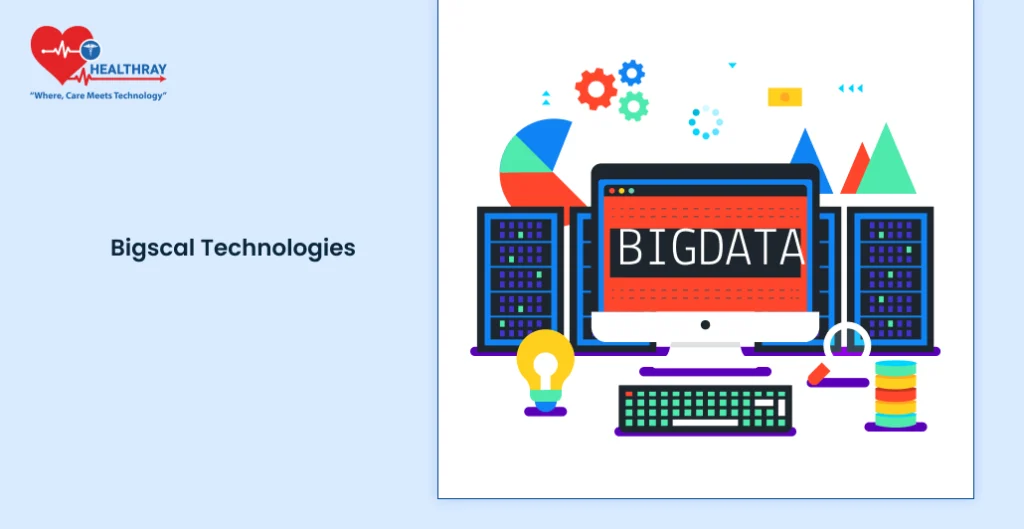
Overview
Bigscal Technologies provides highly adaptable EMR, allowing it to hold facilities of any size. Bigscal is known for a highly adaptive platform, where through the help of this adaptability, health facilities can develop and customize their system to suit needs that are very distinct. This characteristic is indeed why it is often preferred among administrators and IT managers for flexibility. Bigscal’s system focuses on scalability and adaptability as it supports facilities at every growth and change phase.
Key Features
- Customizable Workflows: Bigscal can be adapted to fit the facility’s operational needs, giving the system a good alignment with in-place processes.
- Comprehensive Integration: It is designed to integrate completely with other health software and medical devices, easily reaching a broader spectrum of information regarding patients.
- Scalability: It grows with the healthcare facilities and thus is suitable for both small practices and larger hospitals.
Best For
Bigscal Technologies is appropriate for facilities that require an EMR system with scalability based on their requirements and can be customized quite a lot. It is highly appropriate for organizations that have projected growth or have constantly adjusting workflows of operation.
Pros and Cons
- Pros: High flexibilities, good integration capabilities, scalable for any type of facility.
- Cons: Customization options would require more time and technical support during the implementation phase.
Epic
Overview
Epic is a well-known and respected EMR provider, often used in hospitals and healthcare network systems. Its system is strong and feature-rich, and the solution it provides is general in nature, being designed to help deal with voluminous patient populations and intricate workflows. Scalability and data integration are its main focuses, putting Epic on the leading edge in healthcare technology.
Key Features
- Patient-Centered Design: Epic takes the interface and design to make patient care easier for the providers; one can simply track a patient’s medical history, treatment plans, or the outcome.
- Integrated Telemedicine: It allows telemedicine right in the application, enabling care without third-party software.
- Advanced Reporting and Analytics: Epic’s powerful analytics really helps the administrators and the doctors to understand the real trend of patients, resource allocation, and performance overall.
Best For
Epic is best suited for large healthcare systems and academic medical centers that need more complex features and really tailor their system to their needs. It is ideal for those facilities that want to unite different departments into one data-driven platform.
Pros and Cons
- Pros: Highly scalable, excellent integration with other systems, good customer support.
- Cons: A steeper implementation cost and a steep learning curve with the depth of its features.
Cerner
Overview
As a provider in the EMR industry, Cerner is the leading organization offering adaptable and dependable EMR Hospital Software solutions that are scalable for health facilities ranging from small clinics to large hospitals. This innovator provides a one-stop solution through integrating advanced data analytics, the use of patient engagement tools, and user-friendly workflows to suit both big, large hospitals and smaller clinics. Thus, it enhances clinical and administrative functions, helping streamline operations across the board.
Key Features
- Data-Driven Insights: Cerner has deep data analytics that provide healthcare users with patient care metrics, operational efficiencies, and resource management.
- Interoperability: The system is developed with tight integration capabilities with other health software systems. It ensures smooth data exchange between different platforms and systems.
- Population Health Management: A population health management function is available with this system to track population health and further manage population health in a better way to build long-term patient outcomes and preventive care for the facility.
Best For
Cerner is suitable for facilities of all sizes that focus on data integration and patient engagement. Its flexibility makes it a good choice for healthcare organizations looking for both in-depth analytics and ease of use across departments.
Pros and Cons
- Pros: Strong data analytics, excellent integration capabilities, user-friendly for staff across departments.
- Cons: Higher upfront cost for larger facilities and potential complexity in customization.
Key Considerations When Choosing an EMR Provider
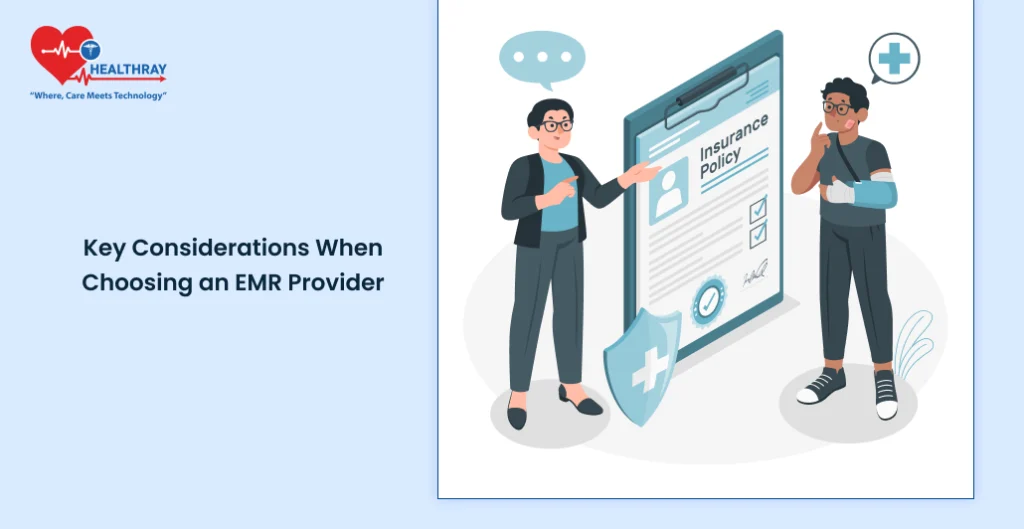
The provider of the EMR is selected after considerations of various elements, such as needs, budget, and goal of the facility. These factors are discussed below:
- Data Security and Compliance: Because the EMR systems will be working with sensitive patient information, there is a need for looking into system offerings that are compliant with the HIPAA compliances, where strong encryption, security updates are necessary along with advanced access controls, securing patient data from breaches and respecting regulations.
- Integration and Interoperability: As the saying goes, no man is an island. An EMR system should integrate with other tools such as lab software, billing systems, and even medical devices. The value of an interoperable EMR system is excellent data sharing and efficient workflows, allowing health professionals to view everything they need from one platform.
- Scalability: As a health facility expands, its EMR requirements may also increase. The best EMR provider should be capable of scaling with an increase in the number of patients, departments, or services without overwhelming the system’s major overhaul.
- User Training and Support: Deploying a new EMR system is no easy feat. Strong onboarding, training, and customer support make the process less painful from the providers. Ask if they offer in-house training, ongoing support, and resources to help users in getting the most out of the system.
Conclusion
The right EMR provider can make or break the way things get done within any healthcare facility. The ideal system stores patient records, but the right one will also optimize workflows, enhance patient care, and improve overall efficiency. Each provider varies in its unique features, benefits, and challenges, making it important to identify what matters most to your facility. Whether looking for advanced data analytics, seamless integration, or scalability for future growth, understanding these options will clarify the decision-making process.
Adding a robust Hospital Management System beside your EMR can offer the complete solution and enhance operations further in clinic, admin, and finance. Comparing the top vendors for 2024 will give you a clearer idea of what to look for and allows a better chance of choosing the one that is right for your facility’s specific needs, budget, and long-term goals. A suitable combination of EMR and a Hospital Management System ensures smoother operation as well as improved patient outcomes.
